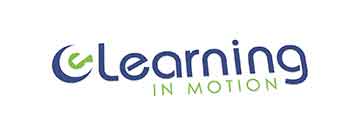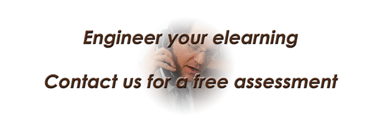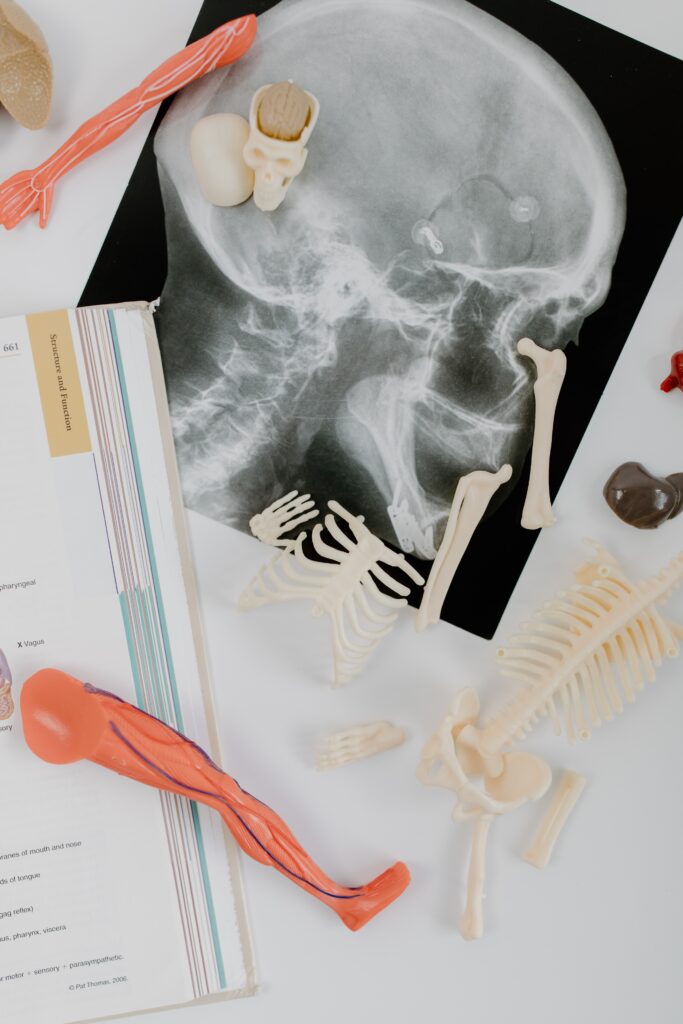In recent years, eLearning and flipped learning have emerged as powerful tools for transforming the way medical education is delivered. When I was an instructional designer for a medical program, I had the opportunity to set up flipped learning for some courses in the curriculum. It is undeniable that these approaches offer numerous advantages over traditional methods of instruction, such as improving accessibility, promoting active learning, and enhancing student engagement. In this essay, we will explore how eLearning and flipped learning can be implemented in medical education to create a more effective and efficient learning environment for students.
You may know that eLearning is an educational approach that involves using technology to deliver educational content and facilitate communication between instructors and students. One of the key advantages of eLearning in medical education is its ability to make educational resources more accessible to students. This is particularly important in medical education, where students are required to learn a vast amount of information in a short period of time. With eLearning, students can access educational content from anywhere, at any time, and on any device. This means that students can study at their own pace and convenience, which can help to reduce the stress and pressure associated with traditional classroom-based learning.
Another advantage of eLearning in medical education is that it can promote active learning. Active learning is a teaching approach that encourages students to take an active role in their own learning by engaging with the material, collaborating with others, and reflecting on their learning experiences. With eLearning, students can engage with educational content in a variety of ways, such as through interactive quizzes, virtual simulations, and online discussions. This can help to promote deeper learning and enhance the retention of knowledge.
On the other hand, flipped learning is a pedagogical approach that involves reversing the traditional classroom-based teaching model. In a flipped learning environment, students are given access to educational content before class, such as through eLearning modules or videos, and are then expected to come to class prepared to discuss and apply what they have learned. This approach can be particularly effective in medical education, where students are required to apply theoretical knowledge to real-world scenarios.
One of the key advantages of flipped learning in medical education is that it can enhance student engagement. By providing students with access to educational content before class, they are better prepared to engage in discussions and activities during class. This can help to promote a more active and participatory learning environment, which can enhance the learning experience for students.
Another advantage of flipped learning in medical education is that it can promote the development of critical thinking and problem-solving skills. By encouraging students to apply theoretical knowledge to real-world scenarios, flipped learning can help to develop the skills that are essential for success in the medical profession.
Implementing eLearning and flipped learning in medical education requires careful planning and consideration. To be effective, these approaches must be integrated into the existing curriculum in a way that complements the learning objectives and goals of the course. Here are some steps that educators can take to successfully implement eLearning and flipped learning in medical education:
- Define learning objectives and goals: Before implementing eLearning and flipped learning, educators should define the learning objectives and goals of the course. This will help to ensure that the educational content and activities are aligned with the desired learning outcomes.
- Develop eLearning modules and resources: Once the learning objectives and goals have been defined, educators can begin developing eLearning modules and resources. These modules should be designed to engage students and promote active learning.
- Provide pre-class educational content: In a flipped learning environment, students should be provided with pre-class educational content, such as eLearning modules or videos. This content should be designed to prepare students for class discussions and activities.
- Facilitate in-class discussions and activities: During class, educators should facilitate discussions and activities that encourage students to apply their theoretical knowledge to real-world scenarios. This can help to promote the development of critical thinking and problem-solving skills.
- Evaluate student learning: After the course has been completed, educators should evaluate student learning to determine the effectiveness of the eLearning and flipped learning approaches. This can be done through assessments, surveys, and other forms of evaluation.
- Continuously improve and adapt: Based on the results of the evaluation, educators should continuously improve and adapt the eLearning and flipped learning approaches. This may involve refining the educational content, modifying the in-class activities, or adjusting the learning objectives and goals.
As you can see, eLearning and flipped learning have the potential to transform the way medical education is delivered. By making educational resources more accessible and promoting active learning, these approaches can enhance the learning experience for students and promote the development of critical thinking and problem-solving skills. To successfully implement eLearning and flipped learning in medical education, educators must carefully plan and integrate these approaches into the existing curriculum in a way that aligns with the learning objectives and goals of the course. By doing so, educators can create a more effective and efficient learning environment that prepares students for success in the medical profession.
As always, leave a comment below, share this post with others, or like this post. Thank you.


